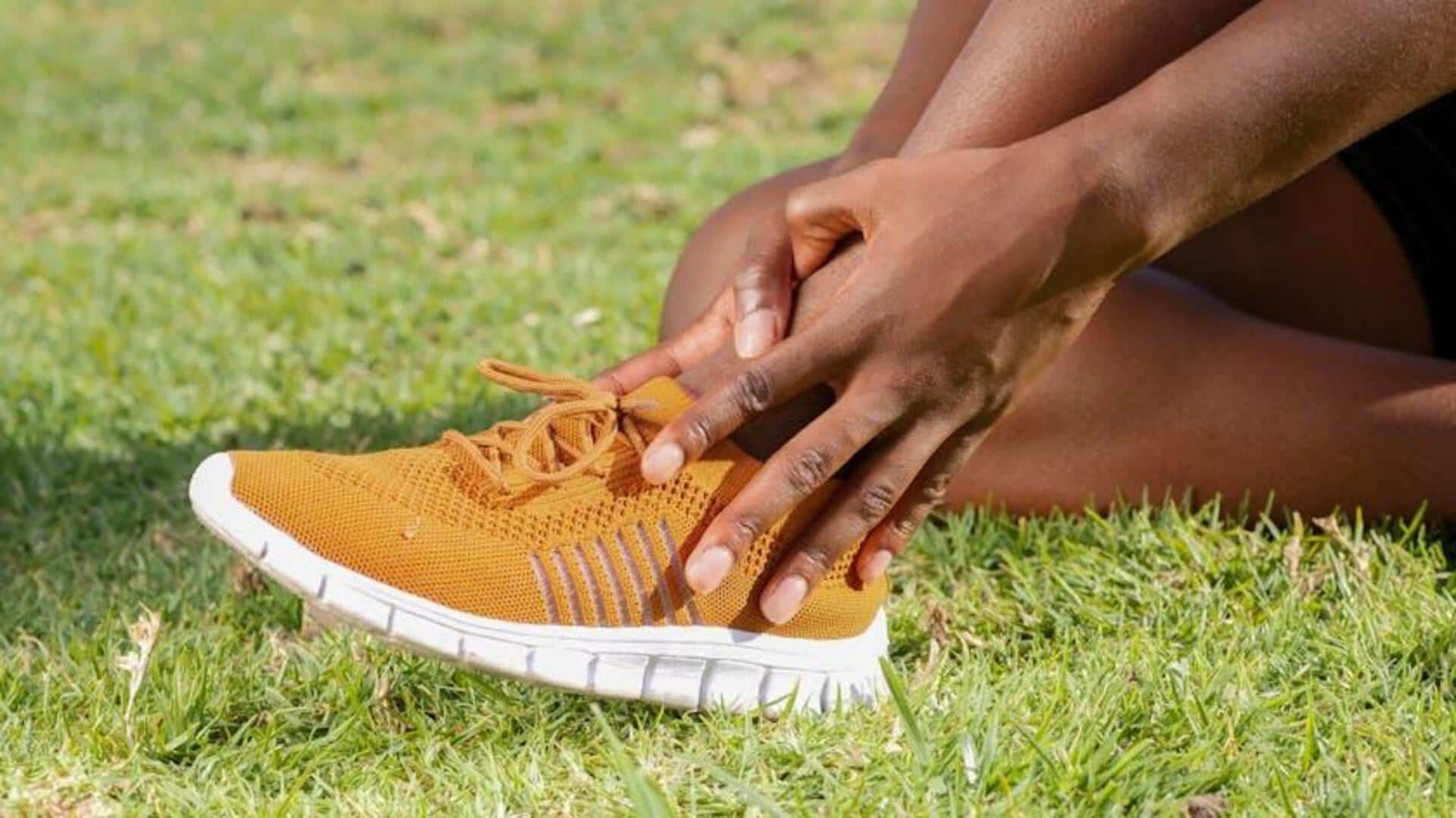
Do these exercises for foot flexibility
What's the story
Foot flexibility and coordination are essential for maintaining balance, preventing injuries, and enhancing overall mobility. African exercises offer unique techniques that can improve these aspects effectively. These exercises often incorporate rhythmic movements and natural motions that engage the feet in diverse ways. By practicing these exercises regularly, individuals can experience improved foot health and functionality. Here are five African-inspired exercises to enhance foot flexibility and coordination.
Drive 1
Toe tapping rhythms
Toe tapping is an easy but effective exercise. It involves rhythmically tapping the toes on the ground, while the heels remain stationary. This exercise helps in strengthening the muscles of the feet and improving coordination. It can be performed to traditional African music, which adds an element of rhythm to the movement. A few minutes of daily toe tapping practice can greatly improve foot agility.
Drive 2
Ankle circles with precision
Ankle circles include rotating each of your ankles in circle motions, both clockwise and counterclockwise. It increases flexibility in your ankle joints and improves blood circulation to your feet. Since you perform the ankle circles slowly, it ensures precision in your movement, which helps you gain better control over your foot movements. Including the exercise in your daily routine can lead to visible improvements in your foot flexibility.
Drive 3
Heel-to-toe walks
Heel-to-toe walks require you to walk forward by placing one heel directly in front of the toes of the other foot with each step. The exercise challenges your balance, while also promoting coordination between different parts of the feet. It mimics natural walking patterns from various African dance forms, making it an engaging way to improve stability and control over time.
Drive 4
Sand walking techniques
Walking on sand provides resistance to strengthen foot muscles and improve proprioception (the body's sense of position in relation to surroundings). This happens because the ground isn't even underfoot as you move across sandy terrains or beaches. Such terrains are readily available on Africa's coastlines or desert inland areas. They allow you to practice this technique frequently without any specialized gear. Apart from a place near your home, nothing else is needed!
Drive 5
Barefoot dancing moves
Barefoot dancing involves elements of traditional African dances without shoes, allowing more connection to the ground beneath your soles. This enhances sensory feedback received through skin contact alone. These lively movements involve several muscle groups in the legs, including those controlling fine motor skills. They have to perform complex patterns, transitioning between different positions effortlessly. This ultimately enhances overall dexterity when practiced over time.